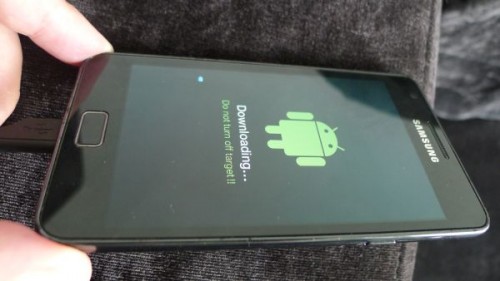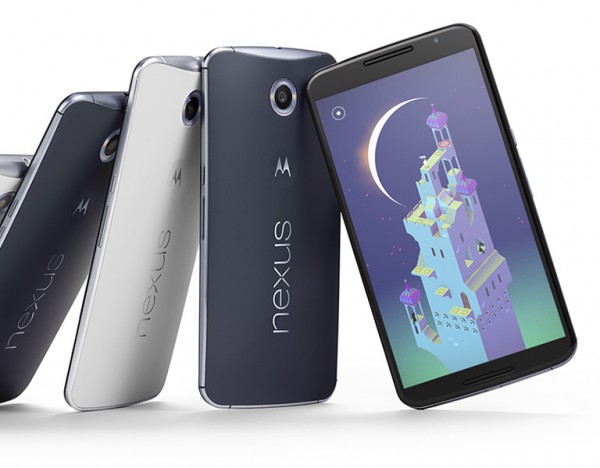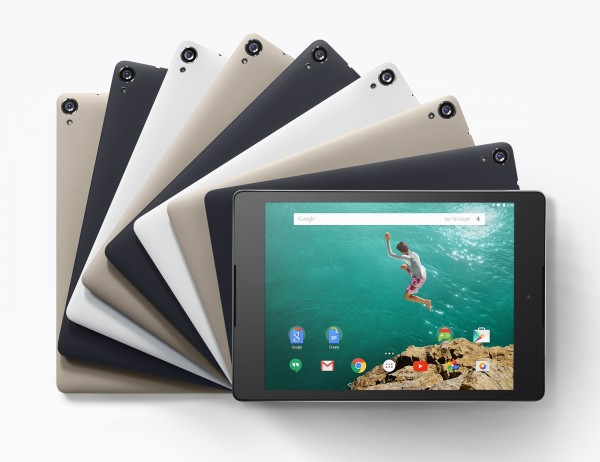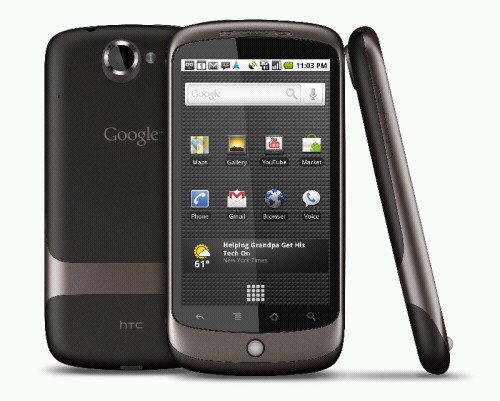
Google sold an interesting story over the weekend here in Asia. It said that Singapore, a little surprisingly, has become the world’s foremost country when it comes to taking up the do-it-all smartphone.
The Republic had an adoption rate of 85 per cent, higher than even Samsung’s homeground South Korea, which trailed at 80 per cent, a study commissioned by the search giant found.
It apparently included 150,000 interviews across 46 countries this year. Conducted by market research firm TNS, it surveyed the usage habits of users.
What’s ironic about this story is that Google doesn’t even sell its own Nexus smartphones and tablets in Singapore directly.
In the country that it found the most receptive of mobile Internet technology, it relies on its device partners and telecom operators to bring these devices to users here – often months after they turn up in the United States and elsewhere.

The Nexus 6 smartphone, the latest and greatest from Google and Motorola, was first sold in the United States last week.
There’s talk of 28 countries selling the device in a “first wave” in the next few months, but users still don’t know when the 6-inch Android flag bearer for Google is coming to Singapore.
The same for the Nexus 9, an 8.9-inch tablet made by HTC, that was unveiled with the Nexus 6 last month. No news from HTC yet of the device turning up in shops here.

Previous Nexus devices usually took a while to get here as well. Sporting the sharpest screen for a tablet at launch, the Samsung-made Nexus 10 turned up more than half a year after it went on sale in the US in end-2012.
Meanwhile, many of the LG-made Nexus 5, unveiled in late 2013, found their way to Singapore from Hong Kong, Japan or Australia, places where it went on sale directly through Google.
It’s not always Google’s fault, of course, for the phones not turning up. Sometimes, its manufacturer partners want to sell their own branded products and avoid direct competition with a Nexus device.

Yet, there was a time when this wasn’t the case. Cast your mind back to January 2010, when the first Nexus phone was unveiled. Then, Singapore was one of four countries where the Nexus One shipped directly over Google’s online store.
It’s unclear how that particular sale went down in Singapore. But after those early Android days, Google simply stopped selling devices directly here.

Which is a pity, because now you have Google’s Asia executives talking up the region as an important place for the development of mobile technology.
In an article in Today on Saturday, the managing director of Google Southeast Asia, Julian Persaud, reportedly said: “It’s amazing to see Singapore in the global number one spot. This is a massive wake up call to any business in Singapore without a mobile optimised site or app.”
A wake up call? Yes, perhaps Google can start by telling its own executives to start selling its Nexus phones here earlier. Neglecting a market that is small but the fastest to adopt new mobile technology is not a smart move at all.







I can’t quite grasp their Google Play Store where in Singapore it is only Apps and Books but a number of new or under developing countries have almost all other sections. It is due to an licensing issue?
With lenovo buying motorola. And Lenovo being based in Singapore we should get the nexus 6 as well as official motorola phones soon in singapore
Google just announced 12 more countries for the Nexus 6 and (unbelievably) Singapore is still not included… We don’t even have the 2014 Moto X and G…
Is this Motorola or Google’s way if ignoring us?
Nope, sadly Singapore is not in those 12 countries.
Google Nexus has been in my radar. I will buy one if it has the following:
1. Real keyborad like the HTC Desire Z
2. Fits in my shirt pocket.
3. The old school FM radio receiver – you don’t need data plans to listen to live broadcasts
4. Lots of RAM
5. Expandable storage aka SD cards